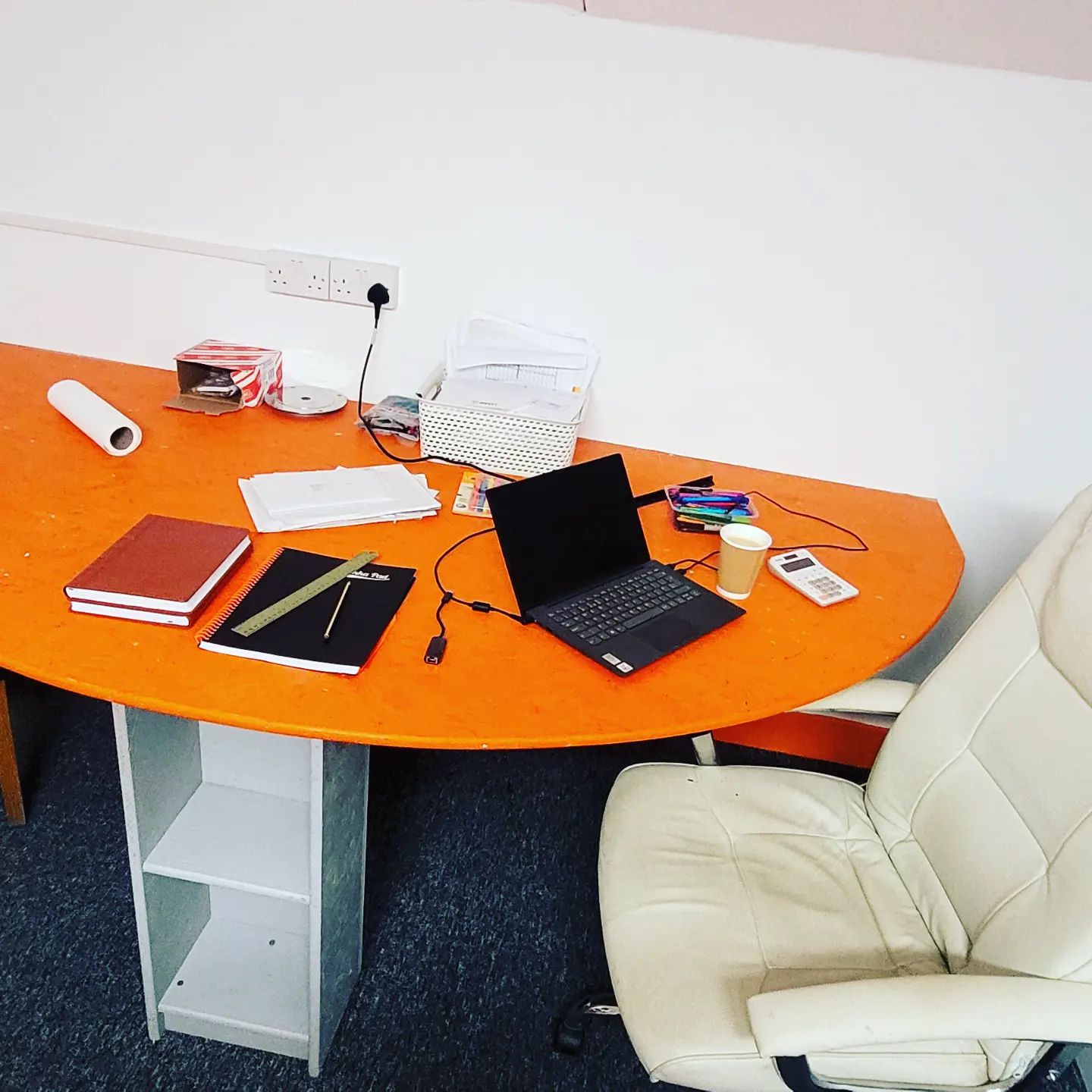Dry rot is a condition that can have seriously damaging effects on timbers in a home. Dry rot is a fungus that grows on, and breaks down timber. Despite its name, dry rot needs an environment that is high in moisture to grow. Leaking pipes, broken gutters, rain-water seeping through the roof and drainage issues are the most common sources of water ingress that lead to dry rot.
What does it look like?
Dry rot’s appearance depends entirely upon how far along its life cycle is. The spores are pretty much invisible, but given the right conditions they will begin to germinate and from thin white strands known as hyphae. Hyphae are your first warning signs, and if you notice any, you should inspect the surrounding area for any sources of water ingress. If you can nip the dry rot in the bud at this stage then damage to your timber should be minimal.
As hyphae grow they will form a white, fluffy, cotton wool-like mass known as Mycelium. Mycelium is capable of spreading over quite a distance to find moisture-rich timber on which to grow. By this point a specialist dry rot treatment would be required to combat the growth.
The final stage of the dry rot life cycle is the fruiting body, a brown mushroom-like mass. The dry rot fungus creates these fruiting bodies when conditions become unsuitable for further growth i.e. levels of moisture have dipped or the timber has become too degraded for the fungus to grow on. The function of the fruiting bodies is to pump spores out into the surrounding air to kick-start future growths.
It is likely that dry rot has caused considerable timber degradation by the time fruiting bodies are noticed. The only option at this stage would be removal and replacement of affected timbers.
SMPS can help you with your dry rot issue with a FREE survey. Contact us today.

